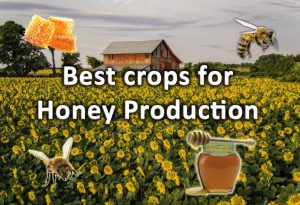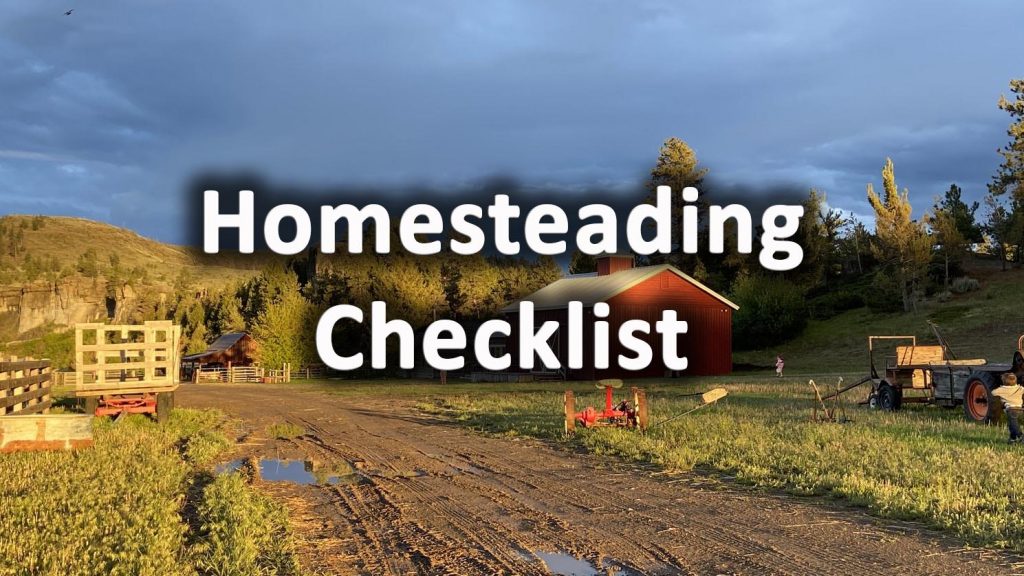Becoming self sufficient through rural homesteading is a utopian fantasy to many today. The craving for something a little bit more rugged and close to nature is a common desire. Half the problem today however is there doesn’t seem much meaning to what we are doing!
Most work long hours and simply wait to clock in and clock out just to earn a basic living. We then buy inferior, mass produced food full of preservatives and consume them within our concrete boxes. It is no wonder people are fed up, human beings were never meant to live such contained and sedentary lives!
Waking up at 5.30 in the morning to feed, muck out and milk animals may not be easy but its far more meaning full than a day job you hate. It would not even be so bad if you could do all the things the system has promised us!

The home, the car, exciting holidays, the ‘American dream’ the thing is most family’s today struggle to cover the basics. Young people cannot buy homes, pay back student loans or even afford to have children.
The few that have got on top of the system are asset rich but are rarely fulfilled or happy! It is always interesting to me how many mental health problems are so effectively mitigated with exposure to nature and physical exercise.
Village farming communities, crop growing, animal husbandry and community spirit. These are all things that took humanity out of small, war waring tribes. These are also at the very heart of self sufficient homesteading.
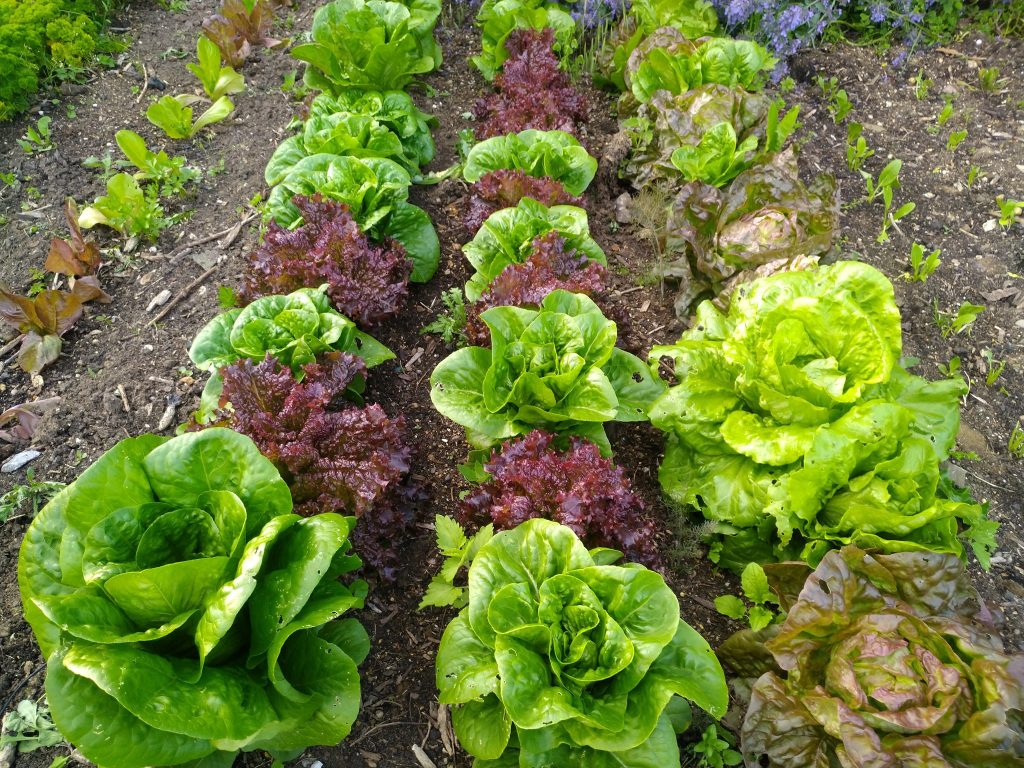
Living off the sunlight energy of today and not plundering the earth’s natural resources! For people who would rather a life of ecological balance with their surroundings there is no better way!
If you are trying to visualise your day to day life as a self sufficient homesteader then look no further. I have written a general, homesteading checklist of what seasonal and daily tasks would look like below.
Spring
Assess the homestead and plan any alterations or repair projects for the coming summer when the weather is better.
Plan what crops you will grow and where for the year ahead taking into consideration any failures from last season.
Start germinating early seedlings that need a long season like chillies, tomatoes and eggplants.
Clear vegetable growing beds of winter accumulations of weeds and take them to the composter.
Harvest early spring or late winter crops, These can be from a polytunnel or in sheltered beds
Add growing props and infrastructure for the new season for example bean canes or deep planning pits for squashes.
Turn over vegetable beds to add oxygen to the ground and work the soil to a soft, friable texture..
Turn compost piles make sure there is enough free composting space to add weeds and clippings from the coming season.
Prepare new growing mixes including compost mixes for potting on or large container growing
Take early season cuttings this can include particular varieties which are better to propagate in spring like figs.
Plant out young crops when all risks of frosts in your area have passed.
Put frost protection in place this could include cloches movable covers or using fleeces at night
Revamp chicken coops and enclosures and provide fresh bedding for the coming season.
Prepare for chick rearing make sure incubators heat lamps and chick runs are clean and in good working order.
Clean out dovecotes if you raise pigeons for meat make sure these are cleaned out and new bedding added.
Clean out rabbits if you raise rabbits for the table make sure their enclosures are clean and ready for spring breeding.
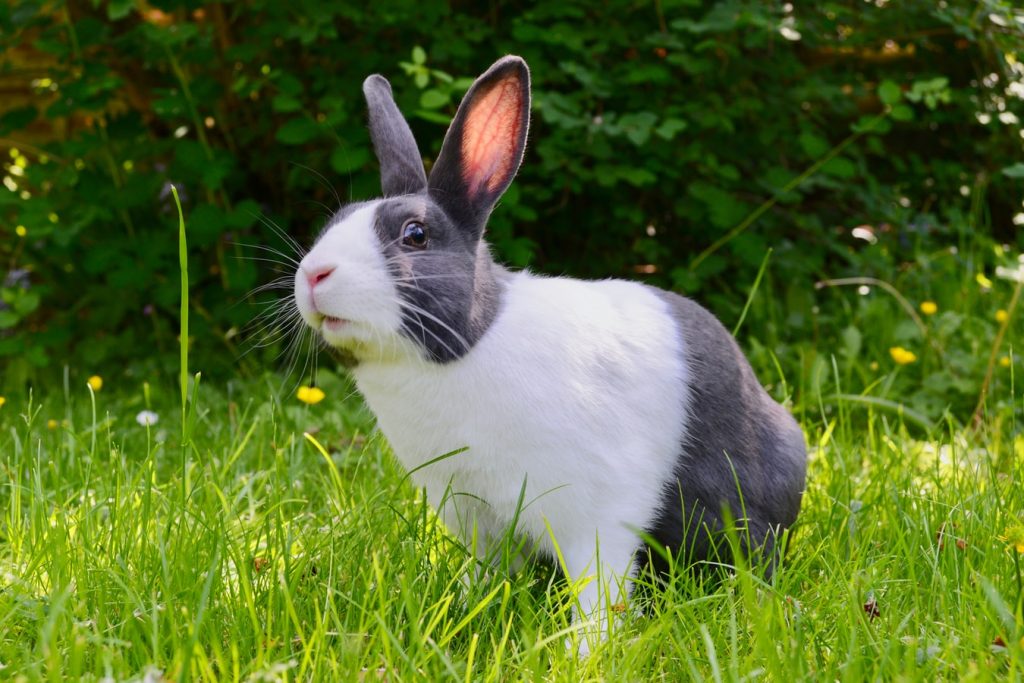
Buy new livestock if you have been planning to try out new livestock or breeds now is the time to buy them.
Make sure feed bins are full and have a look around for any pest activity which make have infiltrated
Daily milking of dairy animals such as goats, sheep and cows
Assist with any livestock births particularly if you have goats or sheep, animals will have to be checked numerous times a day
Clean out large water troughs and feeders make sure these are filled with fresh water and feed.
Clean out winter storage spaces and outbuildings which have had bad air flow all year and re-organise.
Check bee hives for colony health and activity this will depend on what spring temperatures are doing.
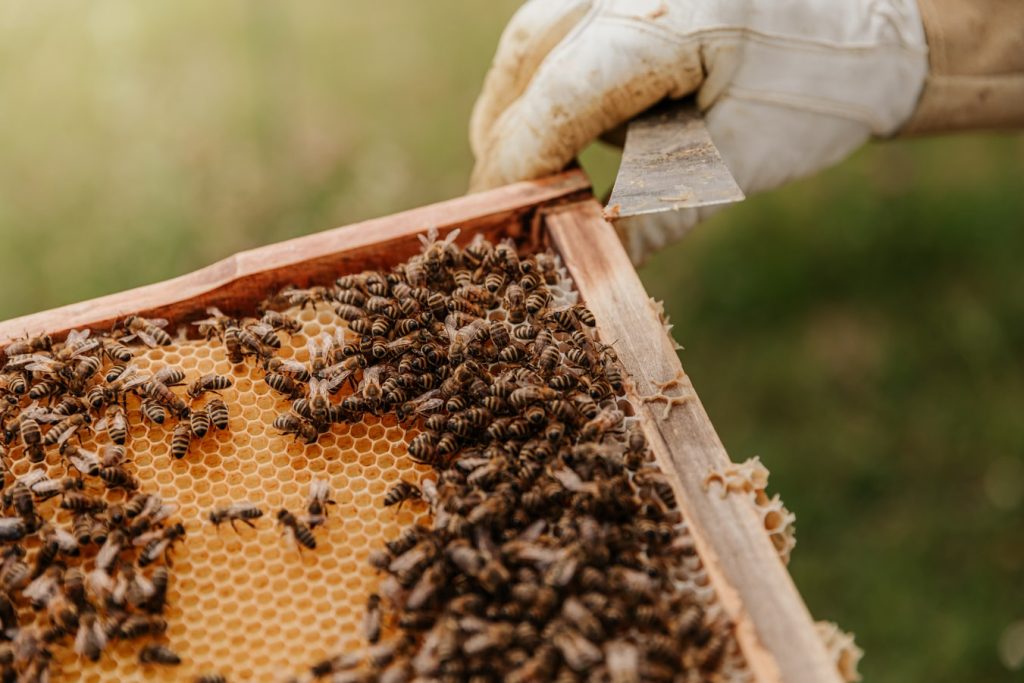
Go foraging for late winter, early summer greens and other wild food.
Go hunting this can include any type of hunting you prefer or that your area allows
Clean seating areas, porches, verandas clean decks this is so you can look out over your homestead and enjoy the first days of warm weather.
Summer
Weed! Weeding is one of jobs that is best done little and often. Try to hoe your weeds at the beginning of a warm day this way they will shrivel and die in the sun.
Compost any organic materials from the home and garden particularly weeds and manured animal bedding. Make sure you turn your compost a couple of times a year
Mulch Your beds to prevent weeds taking a hold. This can be done with rough composted material or shredded clippings, straw, hay or bark.
Plant out pot grown seedlings that you have been raising in your greenhouse or on a window ledge.
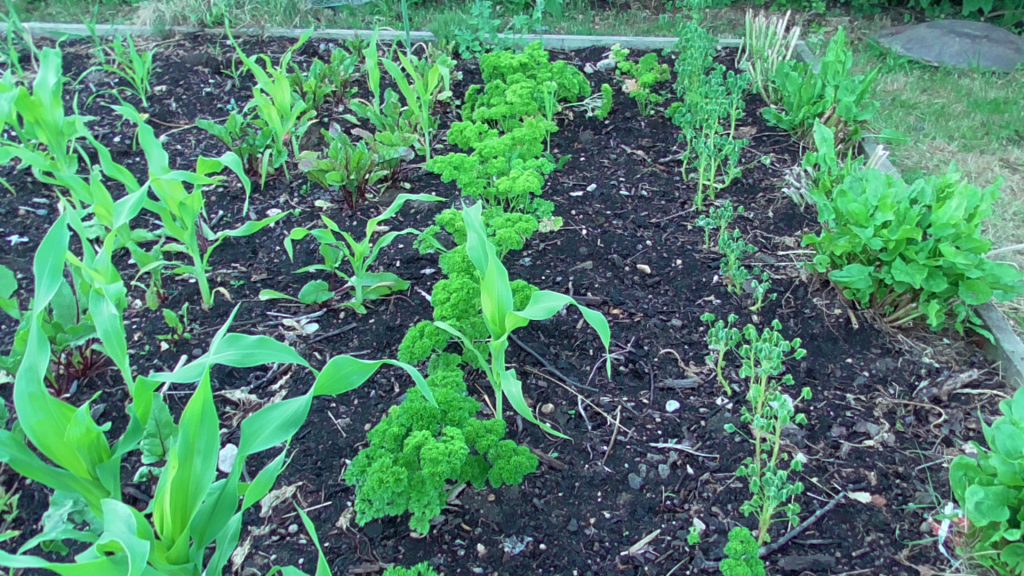
Sow filler crops or companion plants these can be sown direct or planted around crops which take time to establish.
Train climbing crops as they grow this can also include tomatoes, chillies and squash.
Sow in succession this is particularly important with quick croppers such as lettuce and leaf crops.
Irrigate your crops and do not let them dry out during the hottest weather, this is best done in the morning.
Thin out fruit on fruit trees and vines this will encourage larger crops and more consistent yearly cropping.
Harvest crops as they appear and replant any successional sowings you have done
Hand pollinate any crops that need it such as squashes and melons this is especially so in greenhouses.
Cut hay meadows and allow to dry out so they can bailed and stored for the winter time.
Cut hedges after their early summer growth sprout, the clippings can be composted for mulch or dried for bedding.
Drying and dehydrating herbs is a great way to start storing for the following winter months. A great way to do this is with a solar dehydrator. You can also dry fresh herbs.
Take advantage of wild plants At this time of year there are plenty of wild greens that can be harvested including nettles.
Keep animals tended too, summer is a busy time where animals are raising young and feeding well. Make sure drinkers and feeders are full and bedding is fresh.
Check your animals for disease, mites and fleas for ongoing good health.
Collect eggs your chickens will be at their most productive at this point, make sure you harvest them regularly.
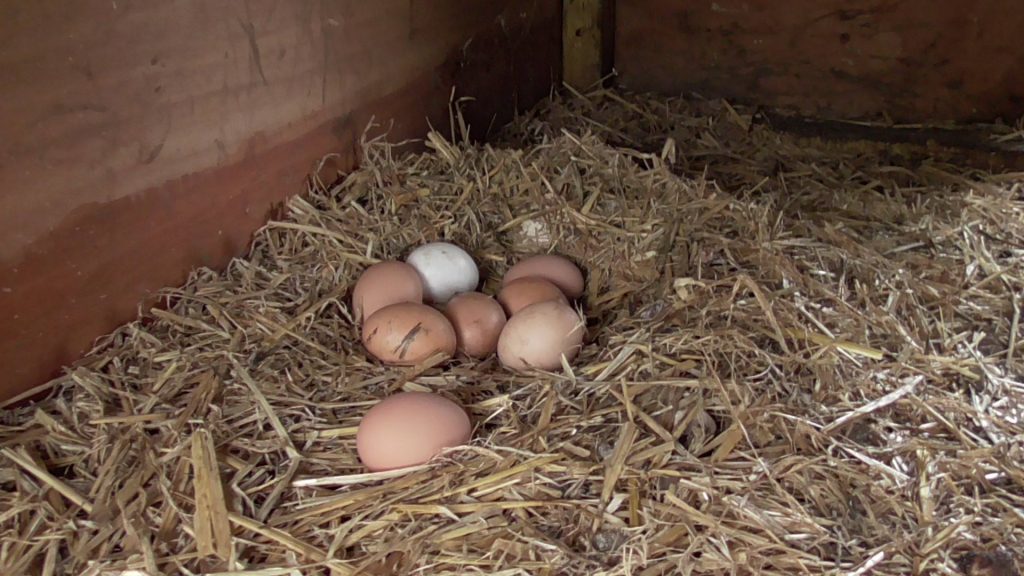
Harvest animals as needed this will include chickens, rabbits, pigeons and butchery tasks.
Milk dairy animals This will include goats, sheep and cows if you have them.
Making cheese is a great way to capitalise on the large amounts of milk you will start producing. You can also mature this and eat it all winter.
Harvest honey from beehives and jar for selling and storage, also try to catch new swarms as they develop.
Utilise the long days for homestead improvements and landscape expansion projects.
Fix leaking roofs and waterproof structures, summer really is the only time to do this when materials hold less moisture.
Go foraging for midsummer greens and other wild food.
Go hunting this can include any type of hunting you prefer or your area allows
Go fishing If you have coastal areas or rivers nearby this can be a great family trip which could provide dinner!
Autumn
Continue to weed as this season is a typical time for weeds to dominate your growing areas.
Start sowing winter crops as this warm time of the year is perfect for getting winter and spring crops strong.
Planting winter crops
Change over greenhouse crops from spent summer crops to winter greens such as chards; these can be sown in early autumn. This may not be possible if you are cropping chillies or tomatoes late.
Harvest Harvest Harvest This is the time of plenty and time to enjoy the fruits of your labour. Make sure you harvest crops at the correct time so they are in their best state for storage. If you planned correctly in spring you will have enough crops to store and meet your weekly needs during the winter.
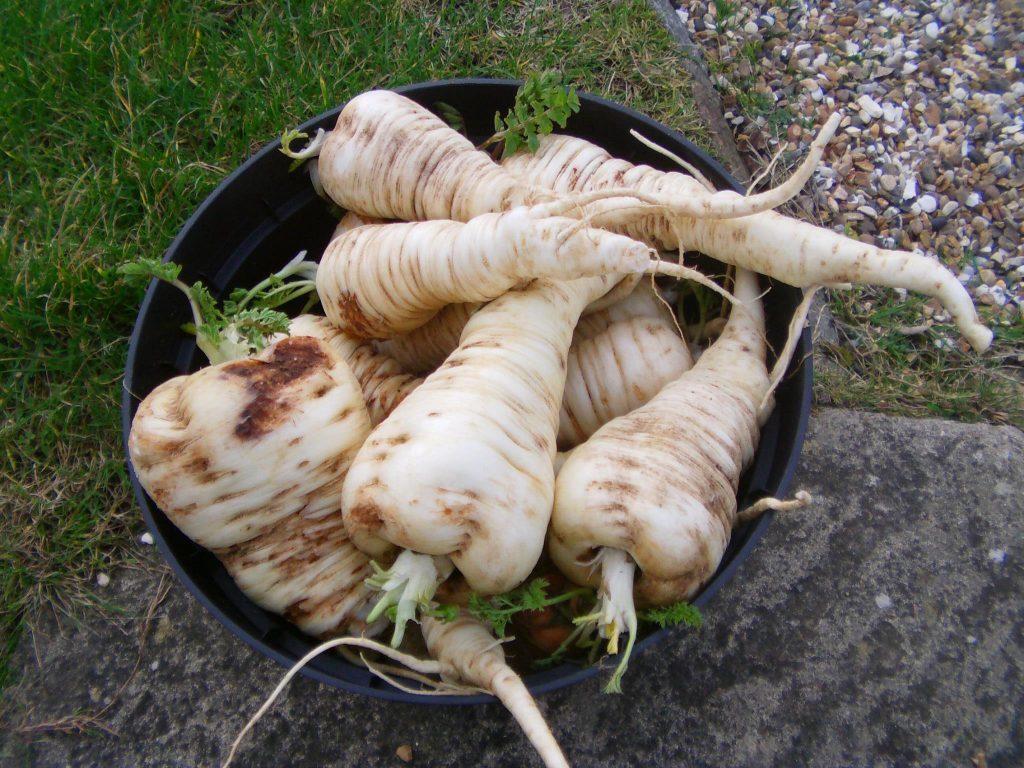
Lift root crops and store in boxes of damp sand for the winter, potatoes can be stored in Hessian sacks.
Drying and Dehydration is an excellent way to store crops for the winter. These can be thinly sliced, sun dried or dried with dehydrators.
Pickling is a great way to store the bounties of autumn, this is especially so with crops that form a glut all at once. Gherkins, chillies and beetroot are great candidates for pickling.
Jams and chutneys are delicious and can keep you going all winter especially if you have loads of fruit available.
Canning is a very effective way of long term storing! Autumn can be the best time to preserve a whole range of crops this way.
Smoking can be a great way of preserving meats and fish for the winter months. You can purchase a manufactured smoker or make your own smoking house.
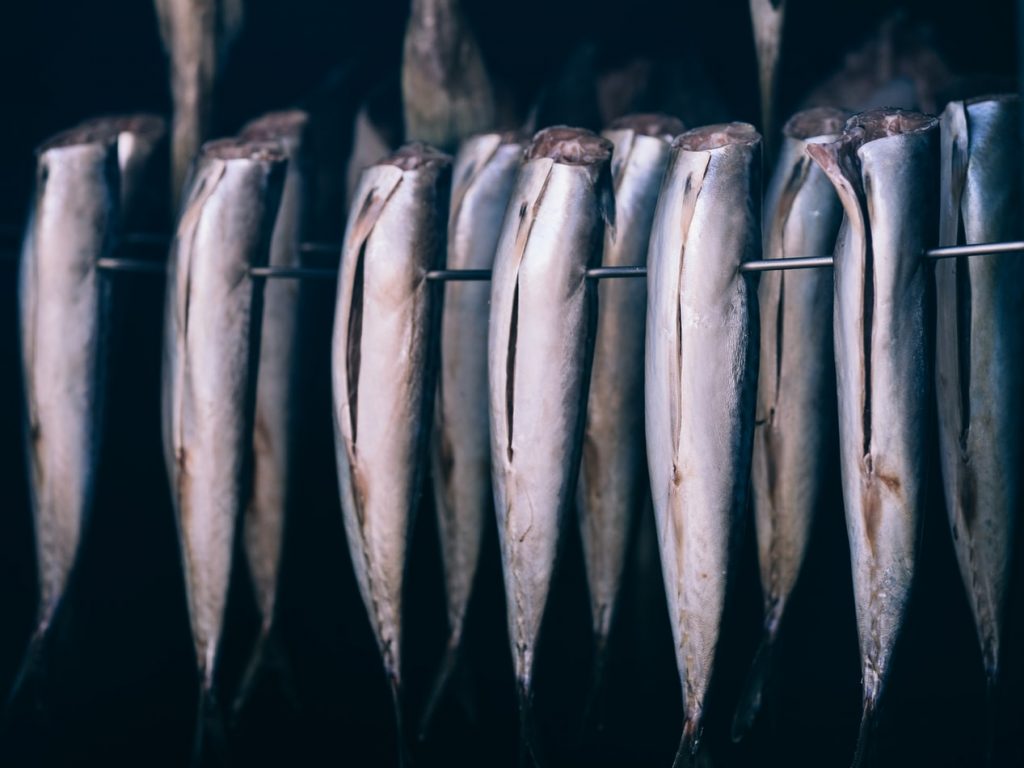
Store hay and straw for the winter months this really needs to be done before the cold weather arrives.
Have a clear up, Autumn is a great time to have a clear up and get rid of excess materials for efficient winter storage.
Cut hedges back at this time so they are neat and in good condition for the winter, the clippings can be composted or used as mulch or bedding.
Replant hedges This can be the perfect time to access existing hedges and replant new ones. Hedging can bought cheaply as bare root plants at this time of the year.
Take cuttings as autumn is the perfect season for this! This can be great for dividing up your stock or even graft some fruit trees.
Fire pottery as this is the best time of the year to have a fire. If you are into making your own clay pots biscuit ware can now be fired in large bonfires.
Prepare bee hives for winter, this includes securing them from extreme weather and securing them from pests.
Prepare chicken coops, hutches and barns for winter bedding
Compost dead and dying materials from the seasonal bounty this includes leaves and spent crops.
Wine making is probably one of the most exciting ways of storing a lot of fruit. You can also make beer and cider.
Harvest animals If you are not using particular animals for breeding the following year these can be harvested for the table.
Sell excess animals these can provide some extra income for other homesteading projects or buying other commodities.
Mushroom harvesting can be a great way to fill the winter larder at this time of year. These can be locally foraged or grown on logs and wood chips with bought in mycelium.
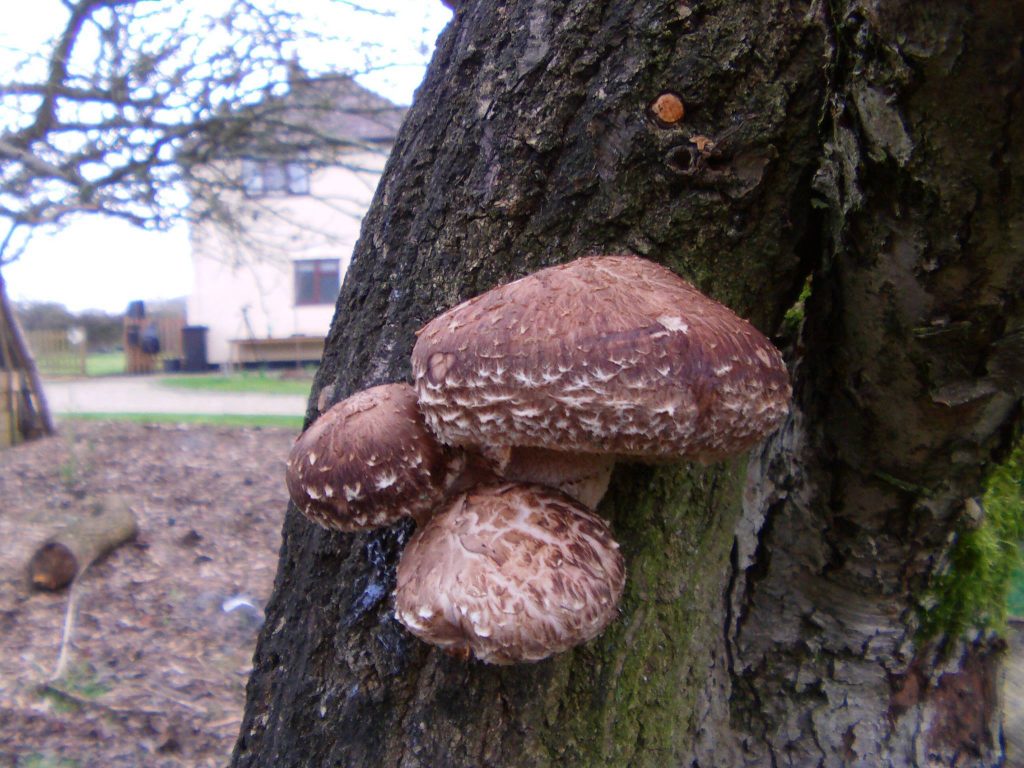
Go foraging for late summer, early winter greens and other wild food.
Go hunting this can include any type of hunting you prefer or your area allows
Go fishing If you have coastal areas or rivers nearby this can be a great family trip which could provide dinner!
Winter
Clean greenhouses and cold frames this includes scrubbing down glass, plastic and removing dead vegetation to prevent disease.
General livestock maintenance animals are not as productive during the winter months but this does not mean they are no work. There is still the general livestock feeding and cleaning of any other season.
Cooking for the effective use of the crops you have worked so hard to grow and store
Fix fencing is a great job to do in the winter when the intense summer schedule is not taking up all your time.
Cutting firewood for the fire is something you will be doing a lot at this time of year especially if you have very cold winters.
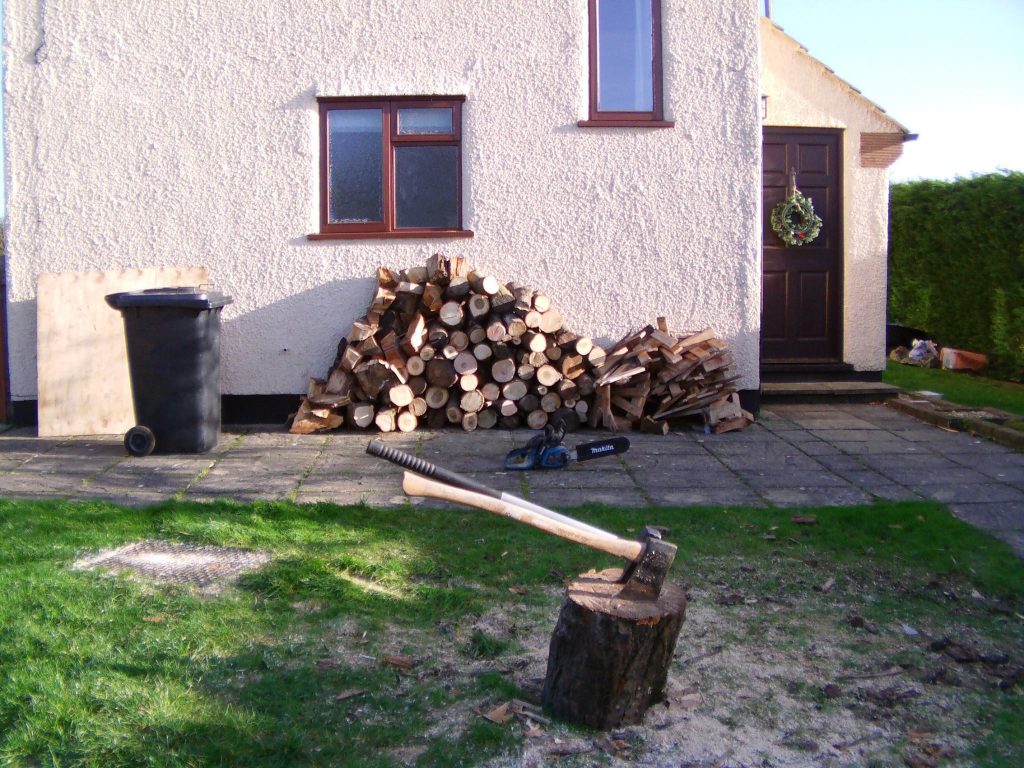
Coppicing pollarding is a project for the winter cutting 3-5 year old sprouting, pole like timbers. These can be utilised for building materials, tool making, charcoal production, firewood and browsers can feed on the twiggy ends.
Charcoal making is an ancient art and one that was practiced widely before fossil fuels availability. By managing a coppice on your property you can produce great charcoal for home cooking and energy production.
Building projects and repairs are always needed on a self sufficient homestead. Winter is a time of year that presents a little bit more time for these sorts of improvement ventures.
Furniture making If you have woodland nearby this is the ideal time for you to start furniture making. Most furniture today is very bad quality and simply doesn’t last. Self sufficient homesteading in winter is the perfect time therefore to pick up a new skill.
Lift and divide The dormancy of winter provides a great opportunity to lift and divide any plants or spreading crops to new areas. This can be good for wild leaks, bunching onions, rhubarb and artichokes.
Go foraging for mid winter greens and other wild food.
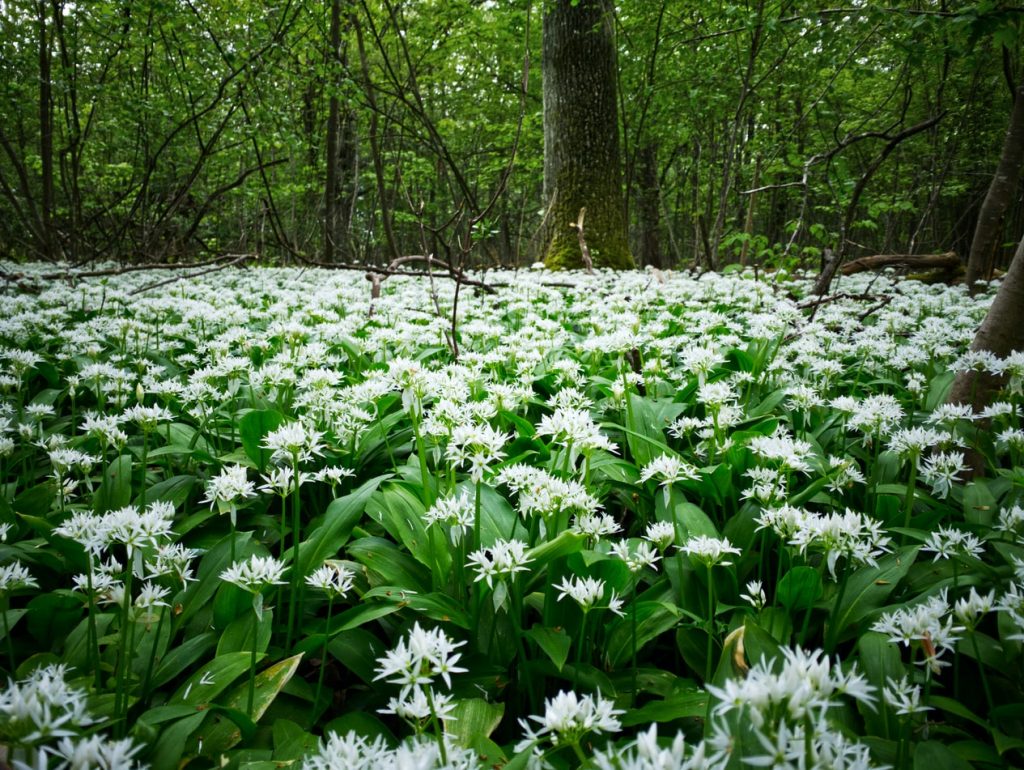
Go hunting this can include any type of hunting you prefer or your area allows
Go fishing If you have coastal areas or rivers nearby this can be a great family trip which could provide dinner!
Plan your homesteads future winter is the perfect time to take some time out and think about your game plan. What is the plan for the future and what do you want to change to boost productivity? This is a great time to plan.
Start homestead improvements these could be essential repairs or implementing a new plan to improve the homestead in general.
For a comprehensive list of homestead improvement and expansion projects check out or article on worthwhile projects here.
Back to home
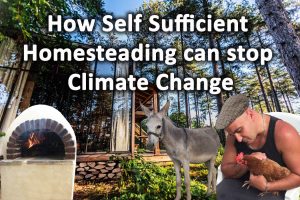
How Self Sufficiency and Homesteading can stop Climate Change
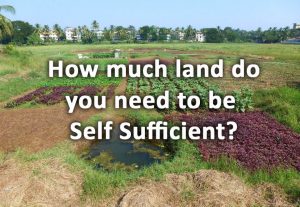
How much land do you need to be self sufficient?
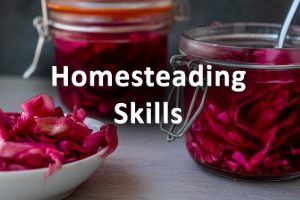
Homesteading skills, for Self Sufficiency
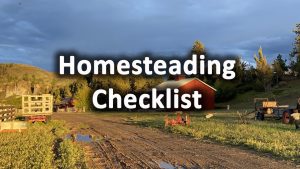
Homesteading Checklist for self sufficiency

A beginner’s guide to self sufficiency & its benefits
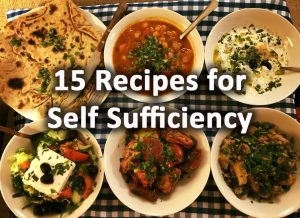
15 recipes for self sufficiency
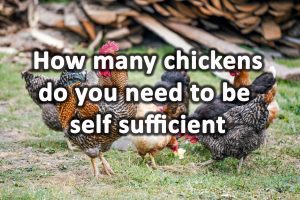
How many chickens do you need to be self sufficient?

27 foods you can forage for free near your home
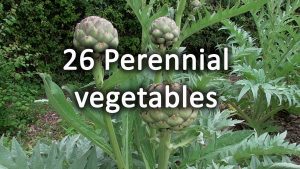
26 Perennial vegetables for the garden

Self sufficient homes

31 Homesteading projects
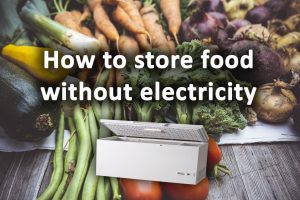
15 Ways to Store Food without Electricity

The best Climate for self sufficiency
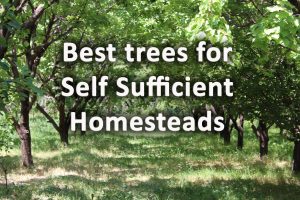
The most useful 22 Trees for a self sufficiency & homesteading
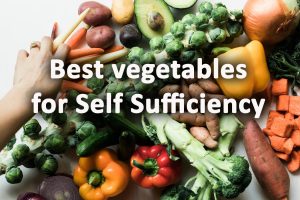
31 Vegetables for self sufficiency

What animals do you need to be self sufficient?

How to stop Climate Change with Crops – Crops for climate change
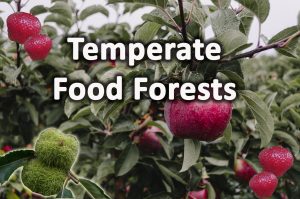
Temperate Food forests

32 Homesteading products for self sufficiency

10 Ways to Sustainably Heat Your Home

10 Ways self sufficient homesteading can be good for your health
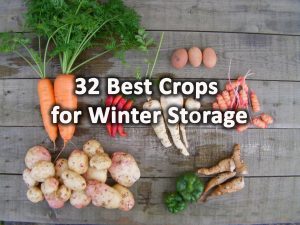
32 Best Crops for Winter Storage
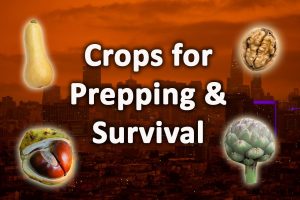
34 crops for prepping and survival
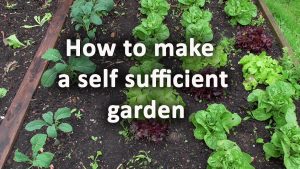
How to make a self sufficient garden
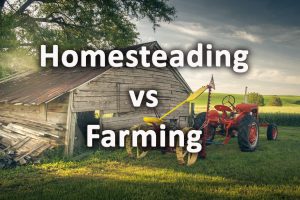
Homesteading verses farming what’s the difference?
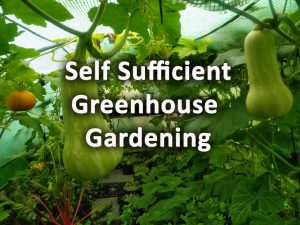
Self sufficient greenhouse gardening
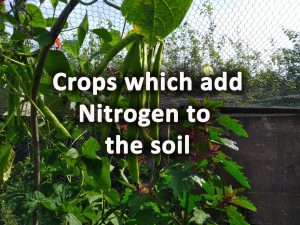
12 Crops which add nitrogen to the soil
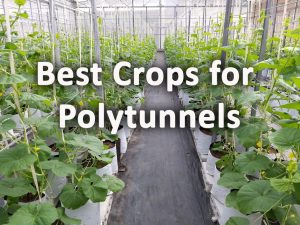
32 of the best crops for Polytunnels

12 Best Crops for Carbon Sequestration
